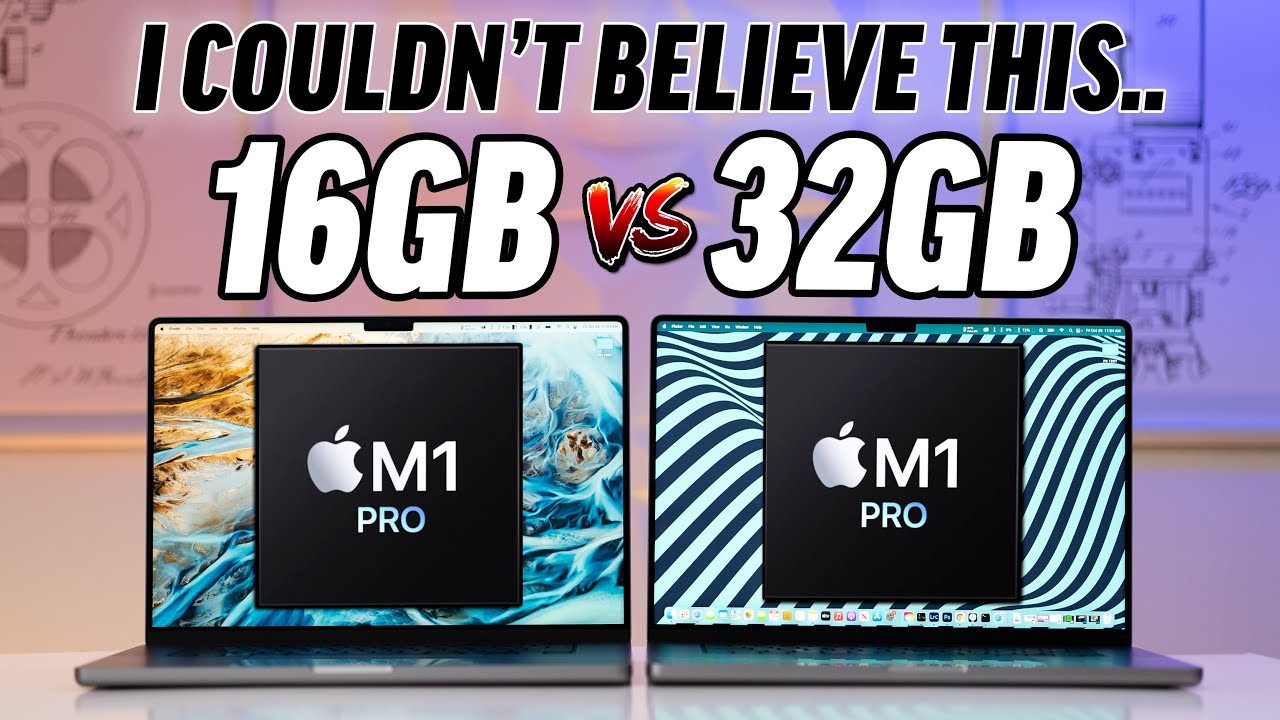I got the 32GB/2TB 14-inch MacBook Pro last week. Like Ian Gillan sings, “She’s a killer machine.” The display is crazy good. The ports are ideal. I’ve had 15-inch laptops (cumbersome) and 13-inch laptops (weak & small screens), and I find 14-inch with a high-res display and small bezel to be perfect. One could sling it in a small courier bag and use it on a plane, and not feel lacking in screen and performance. With the process, memory, and storage elbow room, it’s luxurious.
I had no problems loading Gig Performer (with Rosetta.) All my plugins are happy. I can set the latency to ridiculously low levels. With nearfield studio monitors, you can hear the difference. The sound of the physical keys actually interferes with the attack of the sound. Again, luxurious.
Now, for issues… I couldn’t load Sibelius 7.5. Avid let development of their license manager lapse at 32-bits. Maybe I could have found a workaround, but I let it slide. In fact, because I upgraded my older machine to Monterrey, I couldn’t unregister that machine from its license. I figure I got my money’s worth from it. If I need notation software in the future, I’ll go shopping again. Oh well.
Yeah, don’t forget to unregister your old machine from its various licenses before repurposing. Aside from Sibelius, I had no problems. I just hope I didn’t forget anything.
The biggest issue has been some instability with the audio interface. It runs through a USB-C hub and the latency is crazy low, so maybe that’s the problem. Still, I expect pops and clicks with low latency, not reliability issues. With Gig Performer, sometimes, I lose all sounds. But I also had a situation where the machine was idling without any audio software running, the interface would click, and the inputs were randomly routed to the outputs and then not. I’m confident that this is unrelated to GP.
Last night, I had a situation where left clicking things with a wireless mouse brought up the right-click menus. This first occurred in GP, but only because that was what I was using. All apps were affected, so again, I’m confident that this was an OS glitch, not a GP issue.
Overall, Sibelius was the only major loss. I’m doing development and practice, rather than live stage work, so I can tolerate the occasional restart/reboot, but I’d be testing longer latency and no hub if I were performing soon. Given that Apple is strongly marketing the MacBook Pro to A/V creators, I expect that fixing these driver issues is a high priority. I’m running 12.0.1 now and will upgrade to 12.0.2 as soon as it’s out.
Performance-wise, the new machine runs amazingly cool and quiet. Unless you want 32GB of RAM or use the machine for additional uses, I’d go with the M1 Air, 13" MacBook Pro, or Mini for Gig Performer. The display, ports, etc. are great but not necessary. Unless you’re running multiple instances of GP, you’re likely to be running in a single core anyway, so the additional performance and graphics cores will be idle anyway.
I’ll increase my latency and keep an eye out for OS upgrades and report back about any reliability improvements. The new system is fine for practicing and casual performances, but it’s not quite there for professional stage use.
